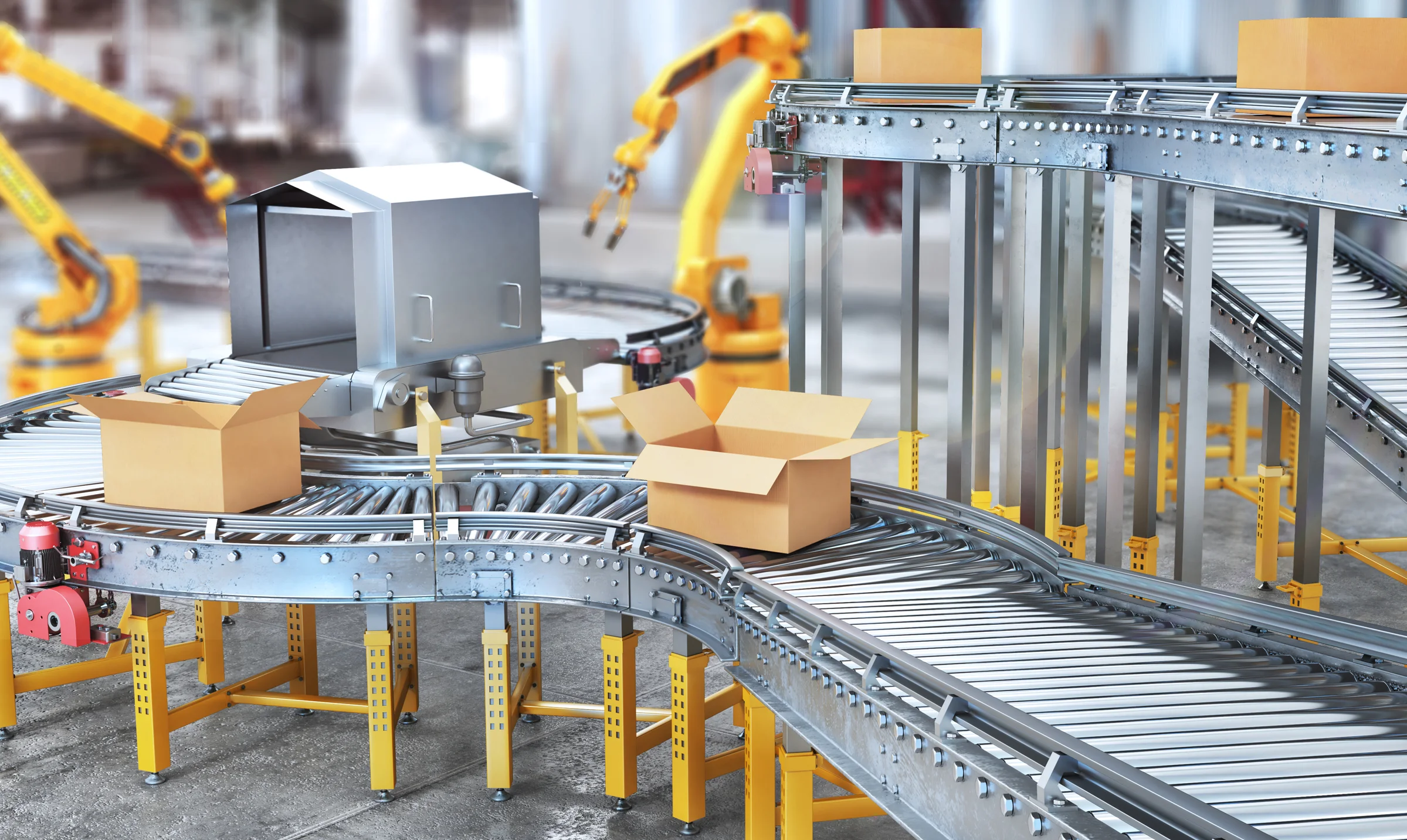Sustaining high standards of product safety and quality is essential in today’s hectic manufacturing and distribution settings. Customers want things that are safe, fresh, and undamaged when they arrive, in addition to being effective. Automated packaging systems have emerged as a vital solution for businesses aiming to meet these expectations consistently. By integrating technology into packaging processes, companies can improve product safety, enhance quality control, and reduce risks associated with manual handling. This article explores how automated packaging systems contribute to improved product safety and quality, highlighting their key advantages.
Consistency And Precision In Packaging
One of the most significant benefits of automated packaging systems is their ability to provide consistent and precise packaging. Automation guarantees that every product is packaged consistently in accordance with predetermined specifications, in contrast to manual activities, which are subject to human mistakes. This consistency reduces variations that could compromise product integrity, such as improper sealing, inaccurate labeling, or incorrect portion sizes.
Precision in sealing, for example, is critical for products that require airtight packaging to prevent contamination or spoilage, such as food, pharmaceuticals, or sensitive electronics. Automated machines maintain exact pressure, temperature, and timing during sealing, significantly reducing the chances of leaks or weak seals that could jeopardize safety.
Reduced Contamination Risks
Manual packaging often involves multiple points of human contact, increasing the risk of contamination. In sectors like food processing, medical supplies, and cosmetics, a sterile environment is crucial, and automated packaging methods reduce human interaction in this regard. By limiting contact with the product, the risk of introducing bacteria, dust, or other contaminants is greatly reduced.
Furthermore, many automated systems are designed to operate in controlled environments with cleanroom standards. This ensures that packaging is not only efficient but also hygienic, protecting products throughout the packaging and distribution process.
Improved Quality Control And Inspection
Automated packaging systems are frequently equipped with integrated quality control features. These may include vision systems, sensors, and weight checks that inspect products and packaging in real time. Automated inspections help detect defects such as damaged items, incorrect labels, missing components, or improper fill levels before the product leaves the production line.
This immediate feedback loop allows for quick removal or reprocessing of defective products, preventing substandard items from reaching consumers. Enhanced quality control through automation leads to higher customer satisfaction and reduces costly recalls or returns due to packaging faults.
Enhanced Traceability And Compliance
Traceability is becoming increasingly important across industries for safety, regulatory compliance, and accountability. Automated packaging systems often include barcode printers, RFID taggers, or other tracking technologies that can apply unique identifiers to each package. This allows products to be traced from production through distribution to the end customer.
With automated traceability, companies can quickly identify batches involved in recalls or quality issues, facilitating faster resolution and minimizing risk to consumers. Additionally, it facilitates adherence to stringent industry standards, which frequently need thorough documentation of the origin, handling, and packaging of products.
Speed And Efficiency Without Compromise
Automated packing technologies are much more efficient than manual approaches since they can handle large volumes at remarkable rates. However, this increase in speed does not come at the cost of safety or quality. On the contrary, automation ensures that even at high throughput, each package receives the same careful attention to detail.
Faster packaging reduces the time products spend in transit or on the production line, which can be especially beneficial for perishable goods. Product quality, shelf life, and freshness are all maintained by the quick and regulated packing process.
Minimized Damage During Packaging
The way products are handled and packaged directly affects their condition upon arrival. Automated packaging systems use precise, gentle mechanisms to handle products, reducing the likelihood of physical damage such as dents, scratches, or breakage.
For fragile items like glassware, electronics, or pharmaceuticals, automation can tailor packaging strength and cushioning to provide optimal protection. The controlled environment and repeatable processes ensure each product is packaged securely, reducing waste and returns caused by damage.
Customization And Flexibility For Quality
Modern automated packaging systems offer a high degree of customization, allowing companies to adapt packaging based on product type, size, or safety requirements. This flexibility supports quality improvements by ensuring the right packaging materials and methods are used for each product line.
For example, certain products might require tamper-evident seals or child-resistant closures to enhance safety. Automated systems can be programmed to incorporate these features efficiently, ensuring compliance with safety standards while maintaining operational speed.
Conclusion
Automated packaging systems represent a powerful tool for companies striving to improve product safety and quality. By ensuring consistent, precise, and hygienic packaging, they reduce risks associated with human error and contamination. Integrated quality control and traceability features help maintain standards and regulatory compliance, while the speed and efficiency of automation do not sacrifice attention to detail. Moreover, automated handling minimizes damage and allows for flexible, customized packaging solutions tailored to specific safety needs.

